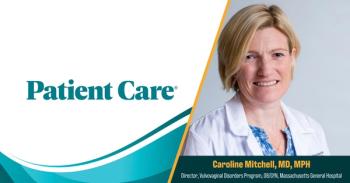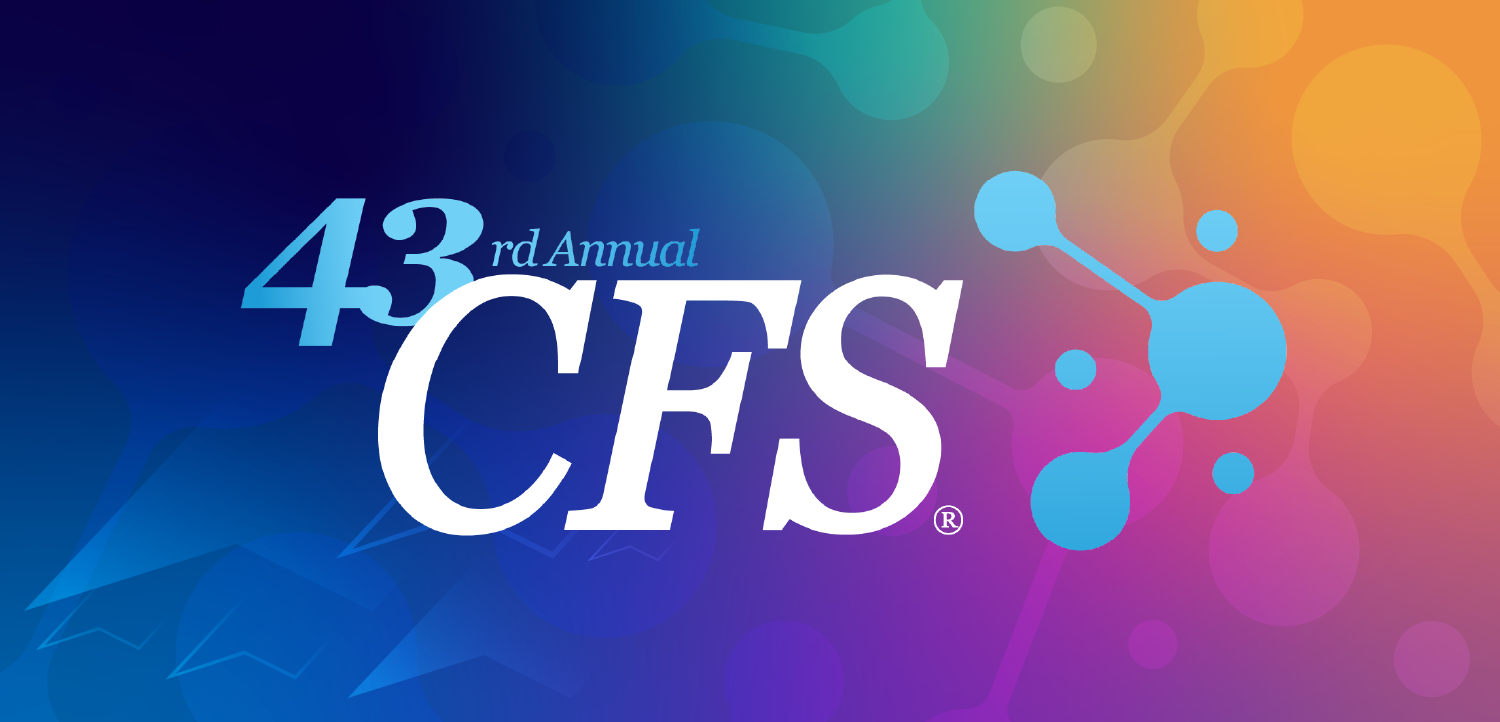
Donna Plecha, MD: The Real Barriers to Optimal Breast Cancer Screening in Women with Dense Breasts

Access, cost, and clinician awareness remain significant barriers to implementing supplemental breast screening, according to Plecha.
The evidence is clear: supplemental MRI screening saves lives in women with dense breasts. So why aren't more patients getting screened?
In the video above, breast imaging expert Donna M. Plecha, MD, addresses the uncomfortable truth about barriers to optimal screening—and they're not what you might expect. While much attention focuses on the risks of "overscreening," Plecha reveals that the real obstacles are physician education gaps, geographic access limitations, and particularly, the prohibitive cost of traditional MRI.
The cost disparity is striking: a conventional screening MRI can exceed $1000 out-of-pocket for patients with high-deductible plans, even when medically indicated. But abbreviated MRI protocols offer the same detection sensitivity for as little as $250 cash pay—a game-changing option that's bringing high-quality screening within reach for patients who previously couldn't access or afford it.
Key topics covered in this segment:
- The three primary barriers preventing optimal screening implementation
- Why primary care physician education is the first hurdle to overcome
- What patients actually think about screening risks versus benefits
- The geographic disparities in MRI access across the United States
- How high-deductible insurance plans create financial barriers even for high-risk patients
- Why abbreviated MRI's $250-$500 cash pricing is transforming access to care
- Real-world examples of high-risk patients finally getting screened
Newsletter
Enhance your clinical practice with the Patient Care newsletter, offering the latest evidence-based guidelines, diagnostic insights, and treatment strategies for primary care physicians.






























































































































































































































































































